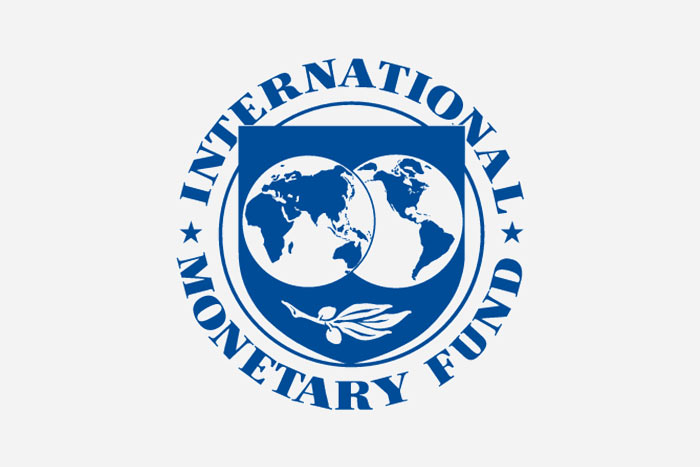Influx of funds from IMF, China & Bangladesh to strengthen Sri Lankan reserves

Sri Lankan reserves have been strengthened by the receipt of an influx of USD 787 Million from the International Monetary Fund (IMF) and USD 150 Million from Bangladesh Central Bank as a swap arrangement, says Finance Secretary S.R. Attygalle.
In addition, Sri Lanka is expecting RMB 2,000 million (around USD 300 Million) from the China Development Bank yesterday (August 31).
This disbursement completes the total syndicated loan of US dollars 1.3 billion from China Development Bank.
Funds from Bangladesh are provided under the currency-swap agreement signed between the Bangladesh Bank (BB) and the Central Bank of Sri Lanka (CBSL) on August 03.
According to the deal, the BB is set to provide USD 200 million in total to help boost the island nation’s fast-depleting foreign reserves and ease pressure on its exchange rate.
On August 18, the BB transferred USD 50 million to the CBSL as the first tranche under the currency-swap deal initiated in March this year. The remaining two tranches involve USD 100 million each.
As the second instalment, Bangladesh released USD 100 million yesterday (31), increasing the total to USD 150 million.
The BB will transfer USD 50 million more shortly to Sri Lanka if the CBSL sends a request within five working days after receiving the second tranche of the aid, a Bangladeshi newspaper reported quoting officials.
This currency swap facility was agreed upon in view of strengthening economic and financial cooperation between the two countries.
Last week, the IMF allocated a total of USD 650 billion as Special Drawing Rights (SDR) to its member countries to be exchanged as reserves or used as currencies.
Considered the largest allocation of SDRs in history, it came into effect on August 23.
Accordingly, Sri Lanka was allocated 554 million SDRs, which converts to about USD 787 million.
Speaking on the allocation, IMF Managing Director, Kristalina Georgieva said: “SDRs are being distributed to countries in proportion to their quota shares in the IMF. This means about US$275 billion is going to emerging and developing countries, of which low-income countries will receive about US$21 billion – equivalent to as much as 6 percent of GDP in some cases.”
Georgieva also stated that the allocation is a significant shot in the arm for the world and, if used wisely, a unique opportunity to combat this unprecedented COVID-19 pandemic crisis.
The CBSL, in a statement issued yesterday (31), stated that the IMF SDR allocation provides additional liquidity to the global economy during the pandemic situation, supplementing countries’ foreign exchange reserves and reducing their reliance on expensive domestic and/or external debt.
“The IMF SDR allocation is not a loan from the IMF and no specific conditionalities attached to the allocation, the statement read further. Previously, the IMF had allocated SDRs to member countries in 2009, 1979-81, and 1970-72.
The CBSL further said: “These foreign exchange receipts help improve the country’s Gross Official Reserves, while enabling the Central Bank to further facilitate the liquidity conditions in the domestic foreign exchange market. With the materialisation of envisaged inflows, including non-debt creating foreign currency inflows to the Government, Sri Lanka’s foreign exchange reserves are expected to improve further in the period ahead.”
Despite Sri Lanka having received such a massive USD 1.2 billion injection this week, the Rupee selling rate reported by the Central Bank was Rs.204.89 on August 31; its highest against the U.S. Dollar.
Addressing the issue, State Minister for Money, Capital Market & State Enterprise Reforms, Ajith Nivard Cabraal, said that he remains puzzled at the development, as the Central Bank has already this week injected USD 200 million into the forex market, which should have had the opposite effect.
Latest Headlines in Sri Lanka
- Sri Lanka receives over USD 7 Billion in remittances in 2025 December 13, 2025
- Sri Lanka Parliament summoned to meet on December 18 December 13, 2025
- Sri Lanka and Italy renew agreement on mutual recognition of driving licenses December 13, 2025
- Asoka Ranwala granted bail December 12, 2025
- MP Asoka Ranwala arrested for reckless driving December 12, 2025



Good, good,
The foreign reserves are getting stronger.
Now we have enough money to import the Luxury Toyotas for the leaders whom we elected to the Big House near Diyawanna Oya.